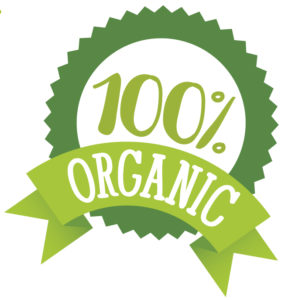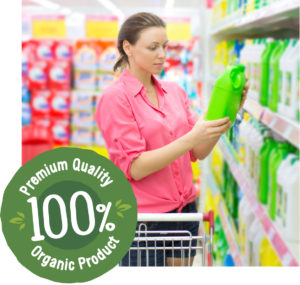 There are many different definitions of the term “clean label,” but none of them are official. When asked, consumers have said that they equate the term with natural, local, organic and fresh. According to experts at Daymon experts, other characteristics of clean label products include:
There are many different definitions of the term “clean label,” but none of them are official. When asked, consumers have said that they equate the term with natural, local, organic and fresh. According to experts at Daymon experts, other characteristics of clean label products include:
- Having recognizable ingredients.
- Being “free-from” or without harmful ingredients or practices.
- Making specific claims.
- Being sustainable.
- Offering transparency in supply chain.
These factors clearly illustrate that the world today is filled with ingredient list readers—and not just in the United States. In fact, clean label has grown on an international scale, led by countries like Australia, Africa and the Middle East.
According to survey firm Nielsen, when polled, 80 percent of residents in the Asia-Pacific region said they were concerned about the long-term impacts of artificial ingredients on their health, and 77 percent said they wanted to be aware of every ingredient in their food. Artificial ingredients have declined globally overall, and product launches touting “no artificial ingredients” have a seen a 223 percent spike, according to market research firm Innova Market Insights.
What has set off this worldwide demand? There isn’t one single event that can be given credit, but instead several different ones. Examples include the 2008 melamine contamination scare in China (where several infant formulas were found to be tainted with the plastic resin), or the selling of horse meat as other meat proteins in Europe in 2013.
As greater numbers of consumers move toward cleaner labels, retailers and brands are stepping in to make sure they can deliver the cleaned up goods. For example, many major brands in the industry have already made the shift to natural colors and flavors. Natural Bliss coffee creamer was launched in 2011 by Nestlé and contains just five ingredients: milk, cream, cane sugar, salt and natural flavor. Between 2014 and 2015, the product experienced a sales growth of more than 50 percent, according to research firm Packaged Facts. What’s more, the firm has predicted a further 15 percent growth in sales of all refrigerated coffee creamers marketed as “clean label” by 2020.
 Though some brands have encountered success, the road has not been so easy for others who have pursued the clean label path. According to an article by The New York Times, candy maker Mars spent massive amounts of time and money developing a natural blue color for their blue M&Ms, eventually discovering a variety of spirulina algae that would provide the needed hue. Consumers were grateful, but it was a taxing endeavor, even for a company of that size.
Though some brands have encountered success, the road has not been so easy for others who have pursued the clean label path. According to an article by The New York Times, candy maker Mars spent massive amounts of time and money developing a natural blue color for their blue M&Ms, eventually discovering a variety of spirulina algae that would provide the needed hue. Consumers were grateful, but it was a taxing endeavor, even for a company of that size.
In addition to national brands, many major retailers are also offering clean label private brands. In 2016, a leading American supermarket with more than 350 stores throughout the U.S. rolled out their line of 400 products, promising to exclude more than 200 synthetic ingredients, including high fructose corn syrup and artificial flavors. A second major American retailer has responded similarly to customer demand by introducing a private label line that features products with simple ingredient lists at an affordable price.
Consumers’ demand for clean label isn’t limited to the food aisles. Shoppers are also looking for clean label cleaning products, especially those that have eradicated volatile organic compounds (VOCs) from their formulas, as well as clean label personal care products. According to a report by Supermarket News, the top selling beauty product brand on Amazon is ArtNaturals, a brand whose mission is to “fuse the beauty and art of nature to harvest affordable, eco-friendly, health-conscious products for your skin, hair, mind, body and spirit.”
All signs point to the conclusion that “clean” is not a short-lived industry proposition or a passing fad, but instead, a way for consumers to express their desire for transparency and for healthful products.

